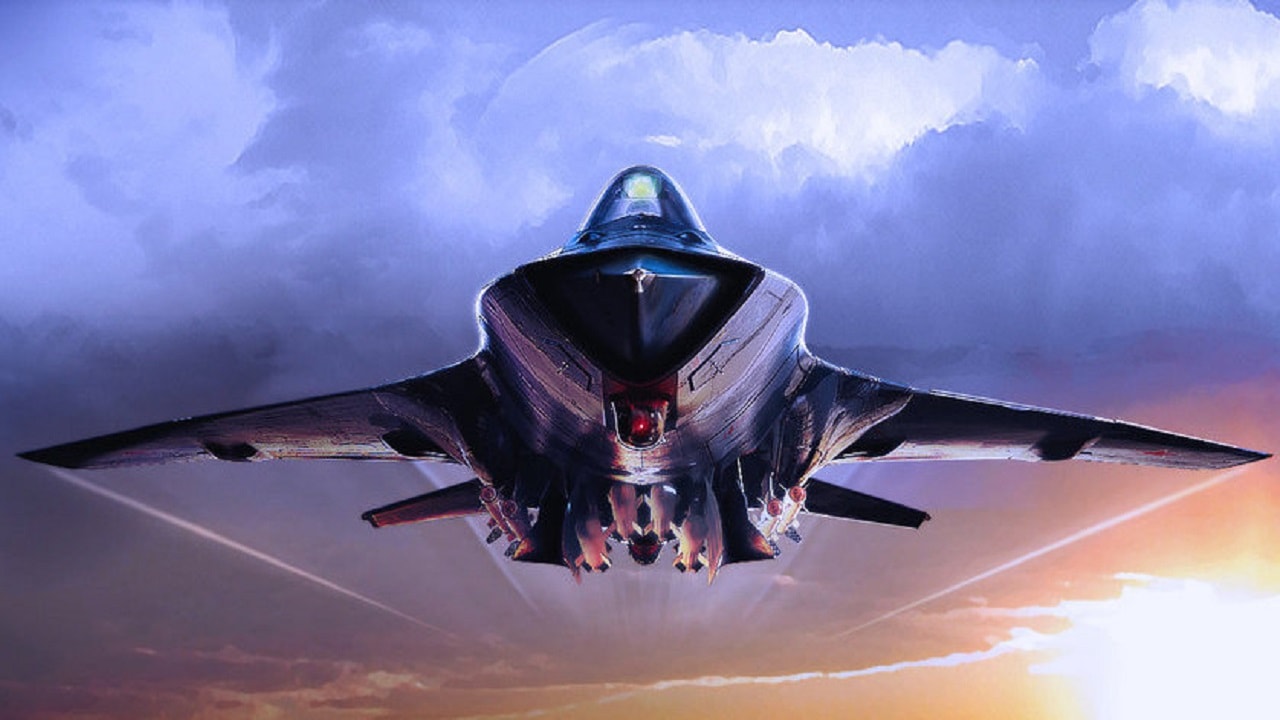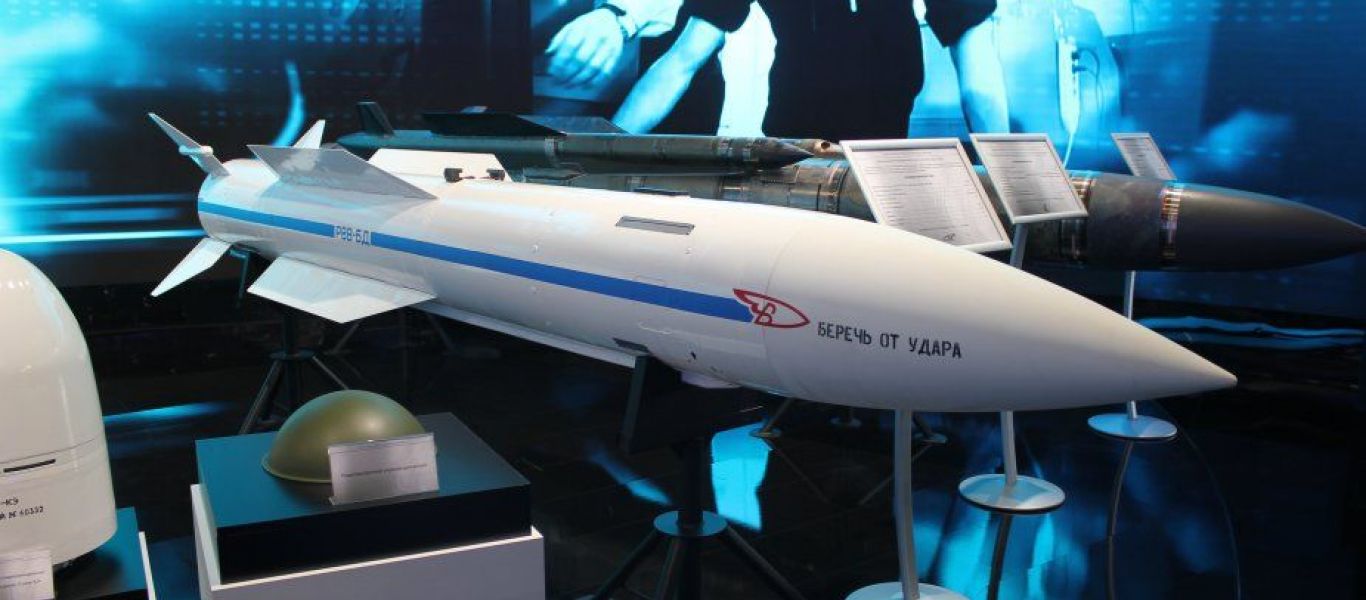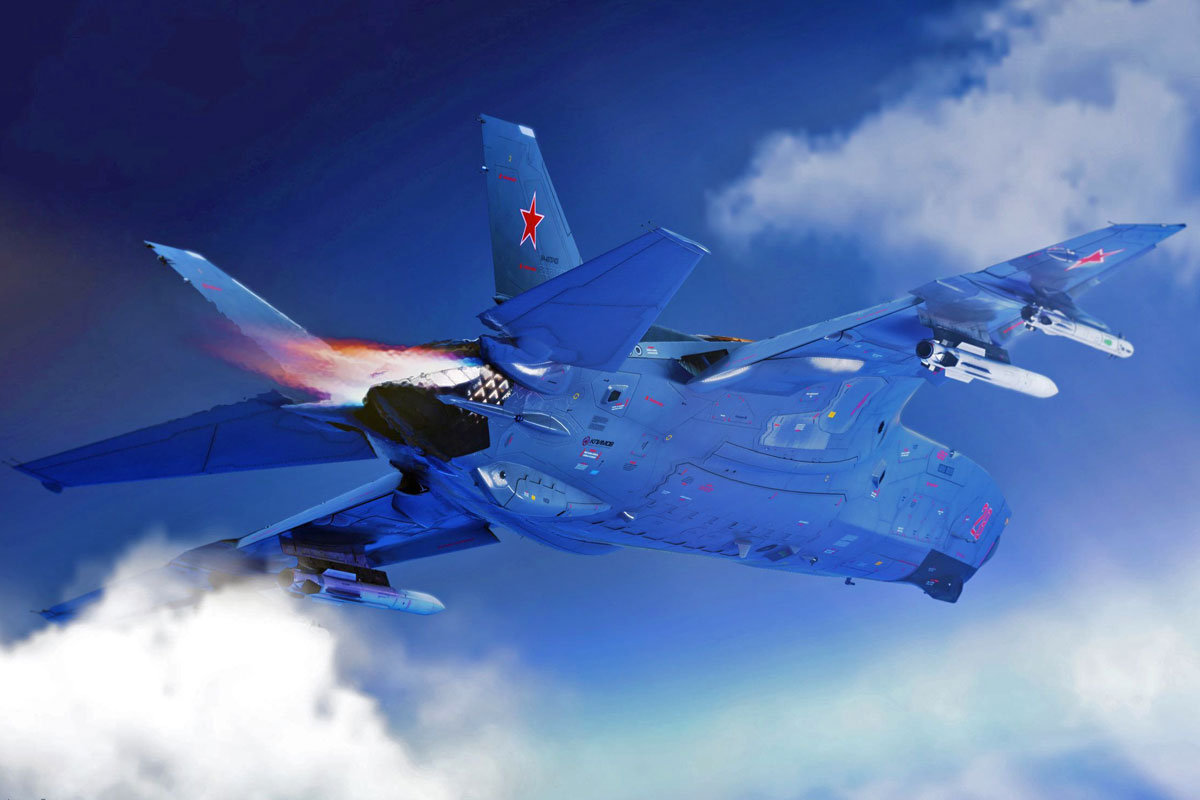In the midst of special military operations, Russia has not stopped innovating in the field of developing its defense equipment.
Russia is developing a successor from the MiG-31 Foxhound fighter jet to a sixth generation ultra-high speed fighter equipped with state-of-the-art weaponry.

The Russian military aircraft design bureau, Mikoyan Gurevich, since the 1940s has built many famous military aircraft. And some of them are really superior in terms of speed, namely the MiG-15, MiG-21, MiG-29, MiG-25, and MiG-31.
Quoted from Defense View which said that the Mikoyan-made aircraft is one of the most produced for the world of military aviation. And in early 2016, Mikoyan Gurevich had hinted that the MiG-31 would be discontinued by 2028.

The head of the company Mikoyan Gurevich Sergey Korotkov said, in 2028, the MiG-31 will no longer exist. We have time to develop a new aircraft to replace it. The successor of the MiG-31 fighter jet is rumored to have a very high speed.
While the MiG-31 itself is one of the best fighter jets developed by the Mikoyan Group, with a speed of 3,000 km / h is the fastest in the world today. The MiG-31 fighter jet can fly as high as 82,000 feet and is equipped with the world’s strongest and fastest air-to-air missile, the Vympel R-37M.

The Vympel R-37M missile is capable of hitting bomber-class aircraft or other heavy types as far as 400 kilometers. Since 2013, the Mikoyan Group has been busy with the development of a successor to the MiG-31. This replacement fighter jet is known as the ‘Mikoyan PAK DP’, or better known as MiG 41, citing Defense Security Asia.

According to Russian experts, the MiG 41 will be a sixth-generation stealth-capable heavyweight interceptor. As the successor of the MiG-31, this new model is capable of traveling at very high speeds, Mach 4.3 and even up to Mach 5, with a very high altitude range.
With this very high speed and cruising range, the MiG-41 can carry out patrols covering most of Russia’s border areas in a short time. The sixth-generation stealth fighter is expected to make its maiden test flight in 2025 and will be introduced to the Russian Air Force in 2028.
According to Mikoyan, the MiG-41 design has in fact been completed since 2019, and is currently in the Research and Development stage. There is no further information regarding this fighter jet, let alone the capabilities it has.

However, as an interceptor, the MiG-41 must have long-range capabilities to intercept bombers or other heavyweight aircraft. And like the sixth generation in general, the MiG-41 will be developed in two versions, namely manned and unmanned.
Capable of shooting down satellites
The MiG-41 sixth generation fighter jet will be equipped with laser weapons and can even shoot down enemy satellites in earth orbit. It will carry a wide range of advanced weapons such as lasers, hypersonic missiles, anti-satellite missiles and anti-missile lasers, Defense View reports.
Russia has also planned to arm the MiG-41 with various types of MPKR DP (Multifunctional Long-range Interceptor Missile System) missiles. Namely a missile that fires multiple sub-missiles thereby increasing the intercept attack to destroy the enemy.
In short, the MiG-41 will be an interceptor fighter jet equipped with a number of heavy weapons. The ability to operate at high altitudes and even attack space targets, makes the MiG-41 very capable above other enemy aircraft.

Things Russia needs to consider MiG-41 fighter jets
As a future fighter jet, Mikoyan Group has high expectations from this MiG-41 development project. But keep in mind, developing super-advanced technology to support the capabilities of a fighter jet will be a very challenging job.

It is claimed that the MiG-41 is capable of traveling at high speeds of Mach 4 to 5, flying at this speed generates enormous heat energy. And heat sources are a common problem for stealth fighters.
Quoted from Defense View, hotspots will become easily detected by attacks or heat-seeking or infrared missiles, so the MiG-41 at high speed is vulnerable to fire. Large amounts of heat will also damage the structure of the fuselage, which in turn damages the stealth coating of the fighter jet.
The second problem comes from fuel efficiency, where supersonic flight demands a very large amount of avtur. So, both Russia and the Mikoyan Group in addition to making a very powerful engine, they should also consider the use of fuel on the MiG-41.
Since they already said that the new fighter jet was capable of going even at Mach 5, the engineers had to work hard to build an engine with that capability.





